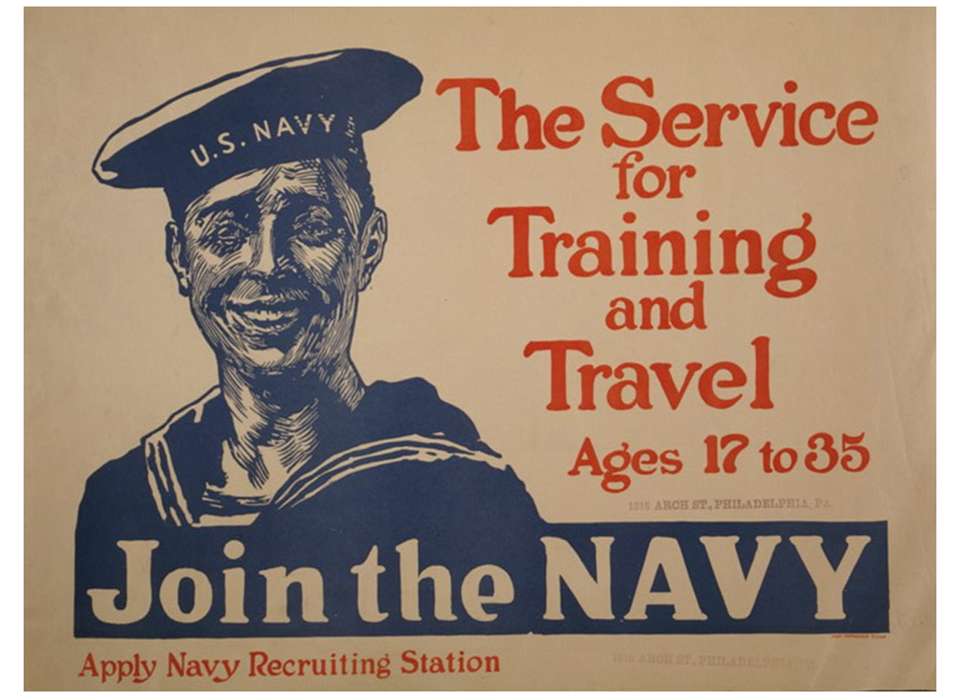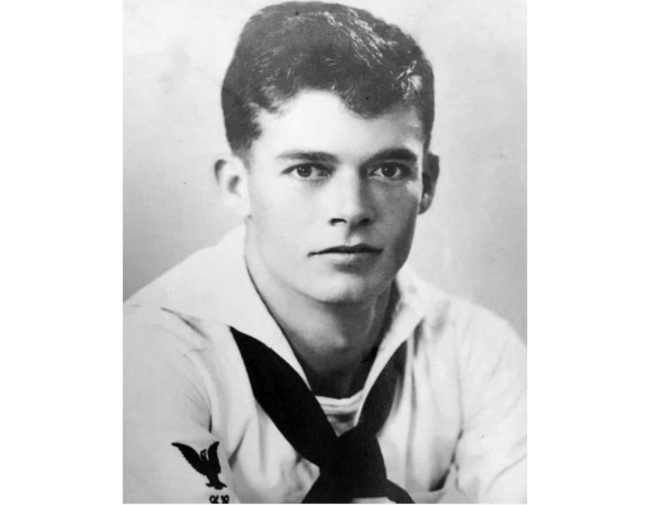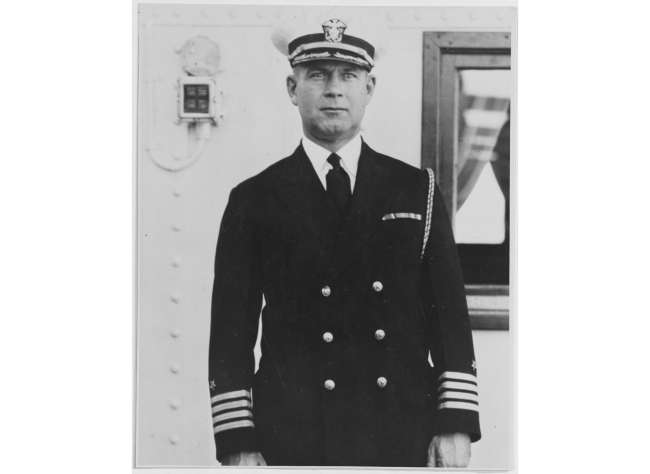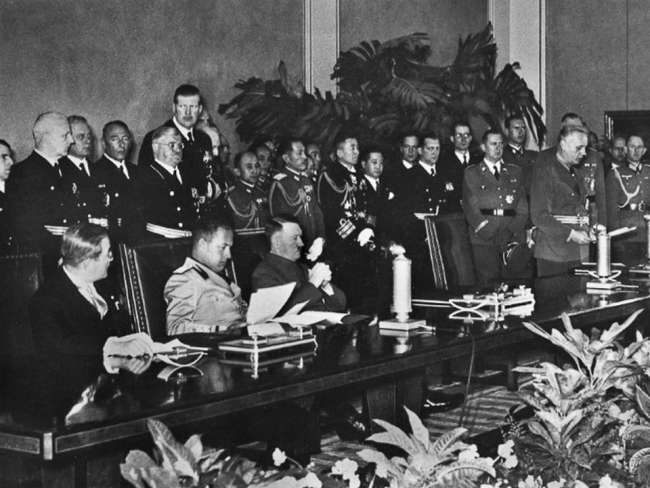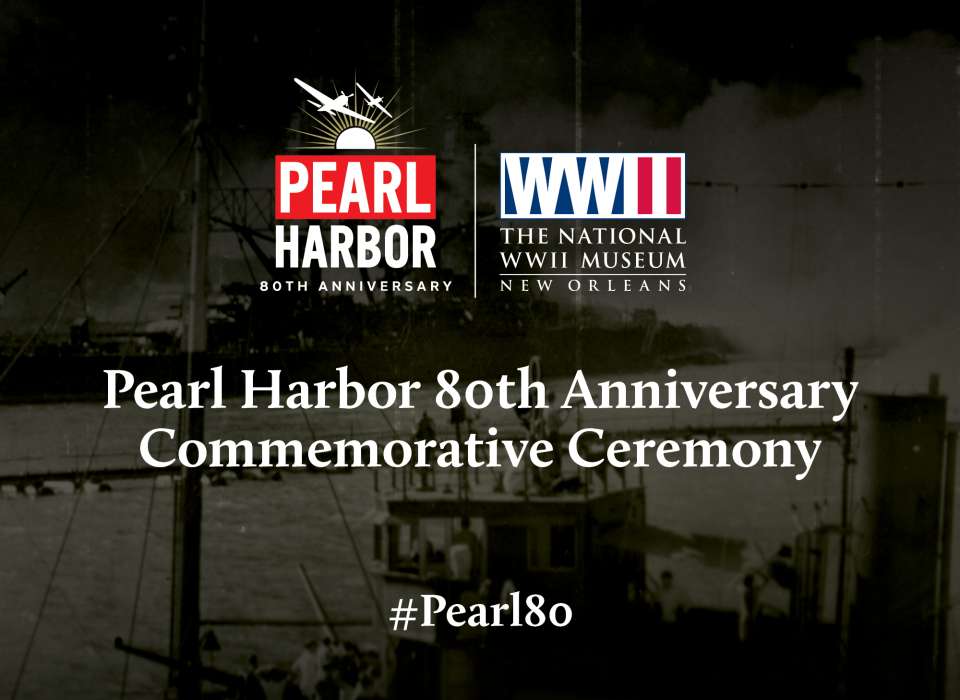Top Image: Prewar US Navy recruiting poster. The navy was seen by many as a way to avoid the worst of the great depression and to learn a trade. Many sailors were happy with Navy life. Prior to 1940, the reenlistment rate reached 80 percent, an important statistic to keep a professional navy operating. Courtesy of the Library of Congress.
If there is one word to describe daily life for the average US Navy enlisted sailor before American entry into World War II, it is routine. Even being stationed in exotic ports such as Pearl Harbor in the Territory of Hawaii could still lead to a rather dull lifestyle. For much of the time, the Pacific Fleet was stationed at Pearl Harbor, the Hawaiian base was not technically the Fleet’s homeport. This had consequences for sailors, from spending time away from home and loved ones, to maintenance and training deficiencies that an advanced base could not support.
The prewar US Navy was considered a small professional force. Not to say the sailors that joined after December 7, 1941 were not professionals, but there was a difference in the type of men who enlisted before the war began, when naval service could be seen as a calling or as a necessity. The post-WWI economic boom of the early 1920s was a great time to be in the United States. However, military spending was no longer a top priority. The country was ready to move on from a war footing, and as a result the fleet was downsized from a 1918-high of 752 ships, 31,194 officers, and 495,662 enlisted men to a new average strength of 10,000 officers, 90,000 enlisted men, and about 350 ships—an average that was maintained until the buildup in 1938.
After the stock market crash in 1929, joining the Navy was seen as a way towards economic stability through steady pay and job training. There was also a different attitude towards regular service. With no active enemy to fight, Navy life between the wars had routine, tradition, and training. The fleet was kept ready to fight an enemy, but lack of active, existing threats changed the purpose of naval forces to one of preparedness. Because of this stability, men tended to make the Navy a career by re-enlisting multiple times.
Re-enlistment was important for the Navy to maintain skilled personnel. The idea behind the peacetime Navy was to have a highly trained professional force whose skills could be used to defend the country as soon as hostilities broke out, then be able to teach their skills to the next generation of sailors as the Navy expanded. Re-enlistment also meant that officers and enlisted men were more likely to get married and start families while still serving aboard ships.
The actual operation of the fleet was different before the war as well. A fleet is much more than majestic warships lined with uniform-clad sailors manning the rails, more than powder and shot, steel and speed. The same holds true for a naval base—fleets require much more than parking spots for warships. Drydocks, supply warehouses, barracks, machine shops, training equipment, and offices are just a few of the essential services that are available at a proper naval base. On top of all of the requirements of a base are the needs of a fleet in motion. Any time a force of warships move, it is followed by what is called the fleet train, auxiliary and service vessels that provide the food, fuel, ammunition, and maintenance services that keep high performance warships and their crews in fighting shape.
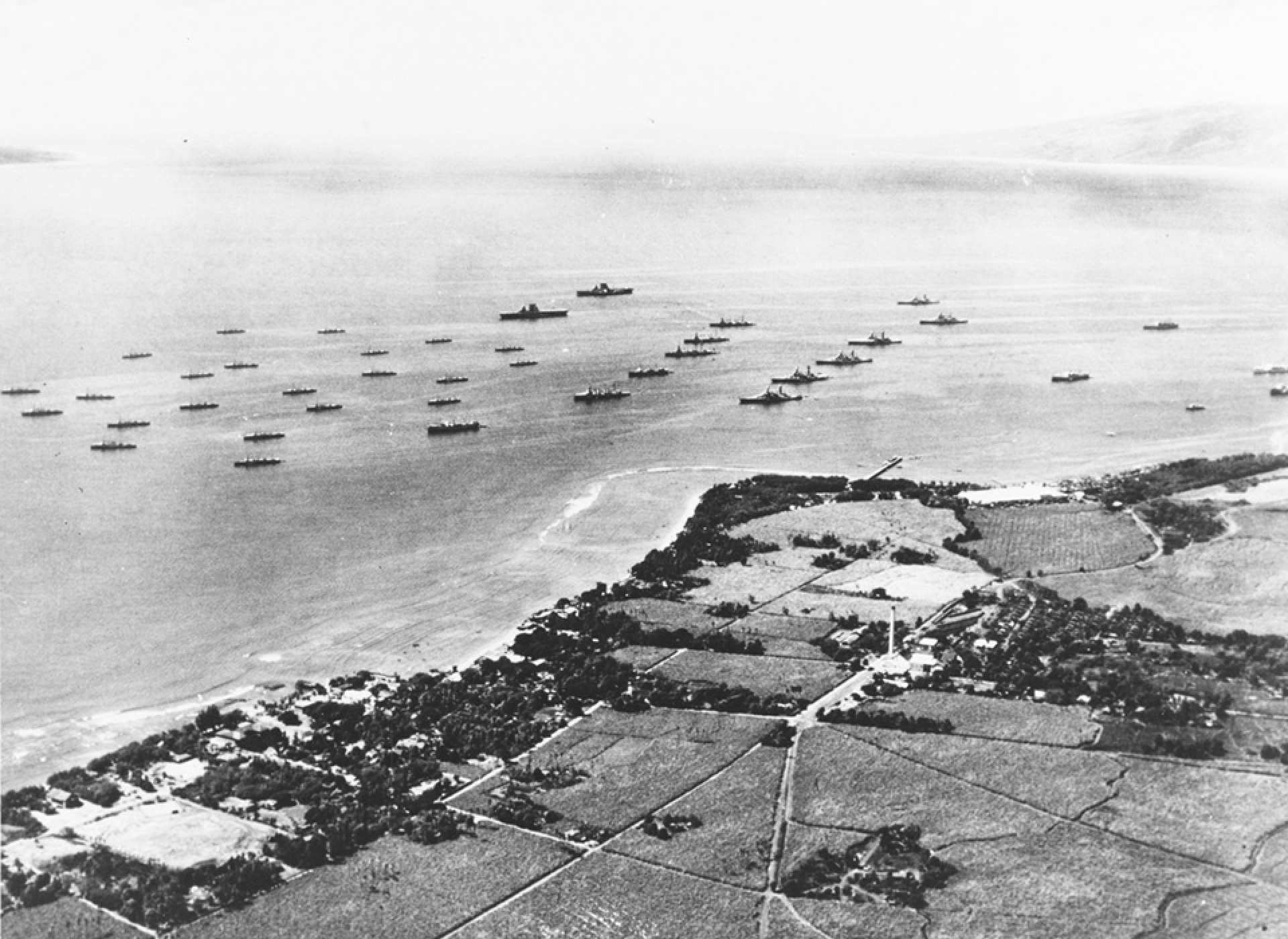
Fleet anchored at Lahaina. Lahaina Rhodes was located near the island of Maui and served as the primary station for the US Pacific Fleet until it could actually fit into Pearl Harbor. This anchorage was not suitable for a permanently stationed fleet, affording little natural protection and no docking facilities. Image courtesy of the Naval History and Heritage Command.
During this time period, the US Navy relied on a system of naval districts and fleets. Naval districts consisted of geographically divided sections of the United States, territories, and areas in the Caribbean. Fleets were the groupings of fighting vessels assigned to protect certain areas. Before World War I, Hawaii was the first new district added to the existing system, becoming the 14th Naval District. By World War II, the major responsibilities of naval districts consisted of logistical support of the fleet and operation of naval yards.
Since the beginning of the 1900s, a naval station had existed at Pearl Harbor. Originally a coaling station, the base at Pearl Harbor went through almost four decades of growth and development before the Japanese attack on December 7, 1941. Battleship drydocks, marine railways, warehouses, machine shops, and naval aviation stations were just a few of the large projects completed before the Pacific Fleet arrived in spring 1940.
Expansion turned Pearl Harbor into a capable naval yard that could handle the small naval detachment permanently stationed and occasional visits by the fleet. When the Pacific Fleet was held in Hawai’i (the island) after Fleet Problem XXI, the available facilities soon became overwhelmed. At first, most of the ships had to anchor in the Lahaina Roadstead, an area of semi-protected anchorage off the island of Maui. This anchorage did not have docking facilities, meaning all men and supplies had to be transported by small boat. Even when the fleet moved into Pearl Harbor proper, security and docking facilities were a problem. The last issue was one of home port; each ship in the US Navy has a dedicated homeport. This helps with administration and with off-ship supply.
Before 1939, ships of the Hawaiian detachment were still homeported on the West Coast of the United States. Even after the fleet moved in 1940, the ships were still technically homeported in San Diego, adding complication to the support they received. By December 7, 1941, rapid expansion had made up for some of the deficiencies. However it would not be until 1943 that Pearl Harbor could really live up to being called a fleet base.
What did all of this mean for the average sailor’s life before the attack on Pearl Harbor? For the enlisted sailor, regardless of the international situation or the organization of the naval districts, life was routine, especially on ships of the fleet, no matter where they were stationed. The compliment, or number of men assigned to a ship, was determined by how many officers and men were needed to crew the ship when it sailed into combat—also called “fighting the ship.” This number was then divided out into the various departments that operate a ship of war.
Each ship, from mighty battleships to small destroyers, operated like small towns—mail had to be delivered, cleaning done, maintenance carried out, food cooked, and laundry washed. Beyond regular duties were the military duties: standing watch, navigating, spotting, gunnery training, and damage control. The split military and operational duties of the sailor meant they lived by the Battle Bill and the Watch, Quarter, and Station Bill. Battle Bill told them where their general quarters station was. The Watch, Quarter, and Station Bill told them where they bunked, what watches they were to stand, and what their duties aboard the ship were. It told them when to wake up, when to train, eat, and when to go to bed.
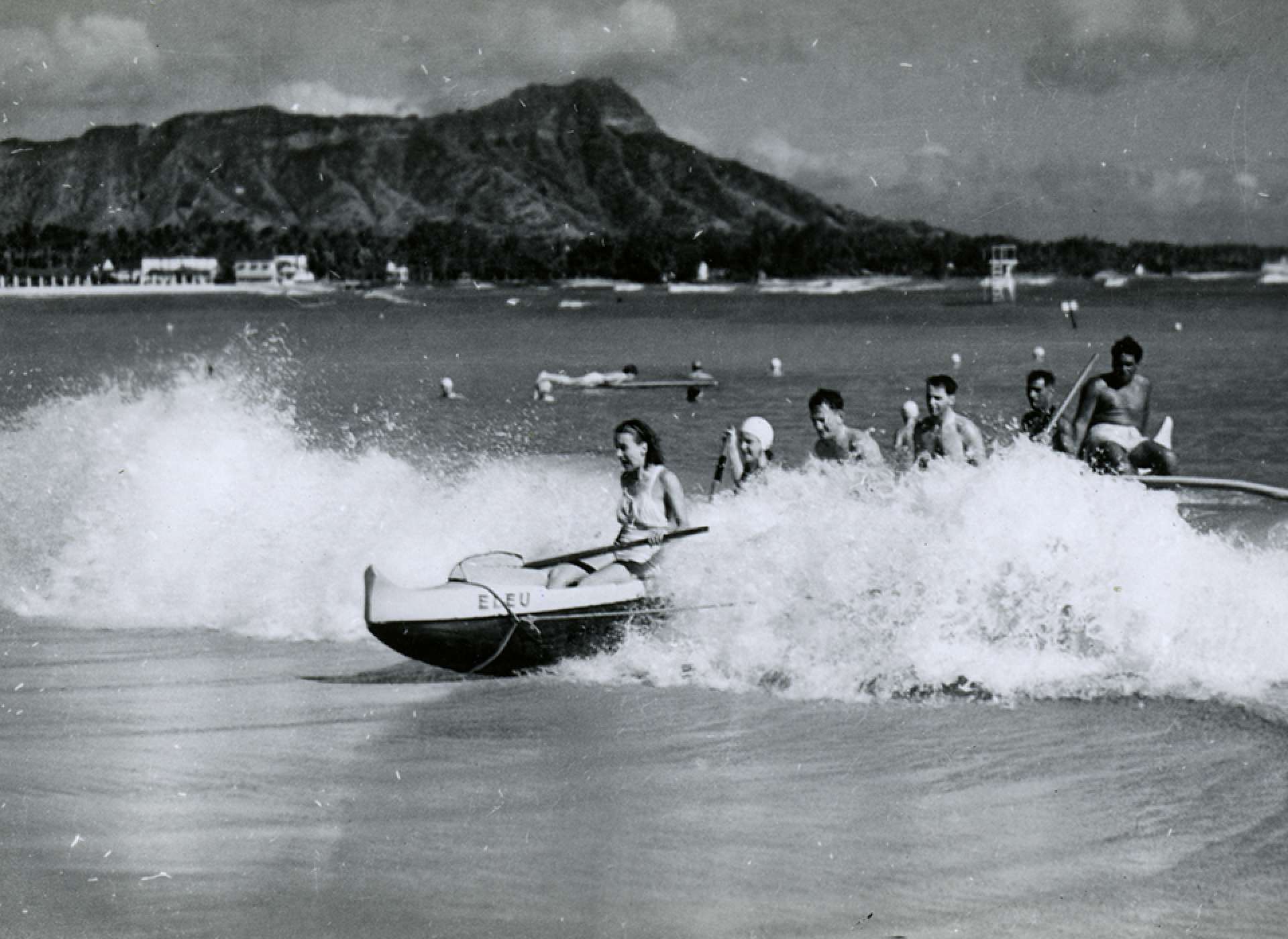
Men and women ride an out-rigger canoe through the surf with Diamond Head visible in the background. Mostly known for sugar and pineapple plantations, by the time the Japanese attacked on December 7, 1941, the tourism industry in Hawai’i was growing rapidly. Although a fun place to visit or have liberty, sailors stationed in the islands for an extended period of time had to cope with the great distance between them and their family’s. The National WWII Museum, Gift in Memory of Jules Marchand, Jr., 2003.103.007.
The only way around this routine was liberty or marriage. When the fleet first arrived in Pearl Harbor in March 1940, each ship was still homeported on the West Coast of the United States. When a ship has its homeport changed, the US Navy is required to provide transportation and housing for officers and enlisted petty officers to bring their families. Before the war, enlisted men were even allowed to live with their wives off ship when in port, and as long as they returned to the ship when their duty started, they could live a relatively normal married life. The physical distance from home and family, especially for ships stationed in Hawai’i, caused a noticeable drop in re-enlistments as early as 1940. By December 7, 1941, more families had moved to Hawai’i to be with their sailors. A chronic housing shortage, however, constantly eroded the morale of many men, and the war began before any large movement of families could happen.
The next best thing to a family was liberty. Depending on ship organization, peacetime liberty was usually granted weekly. For many a sailor, liberty was very similar in every port—bars and nightlife until the 48-hour pass was up and he had to return to ship. At this time, Hawai’i was beginning to become a tourist destination offering fishing trips, sightseeing, and beaches, but this was not always an option for a fleet sailor who had limited spending money and limited time—he usually spent his time on places like Hotel Street in Honolulu. After a while in a forward and somewhat remote station like Pearl Harbor, liberty started to become part of the routine as well, just another step in the rhythm of fleet life, until a sleepy Sunday morning on December 7, 1941.
Joshua Schick
Cite this article:
MLA Citation:
APA Citation:
Chicago Style Citation:
